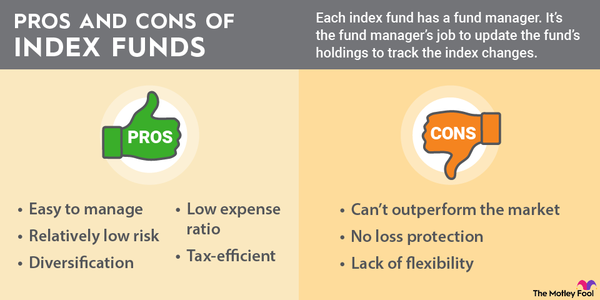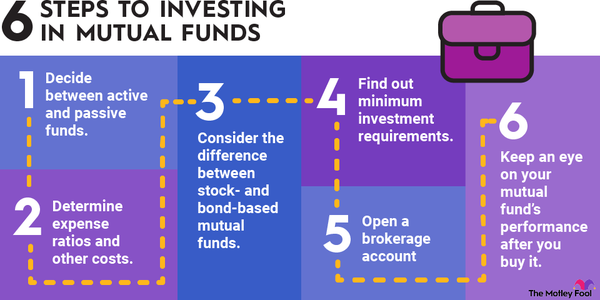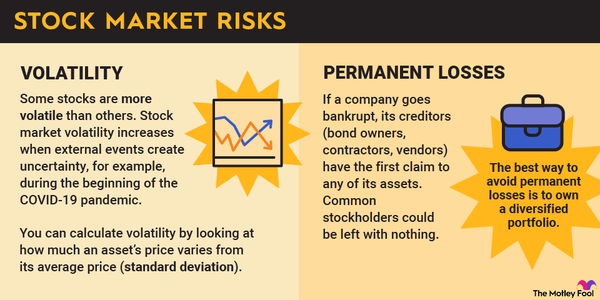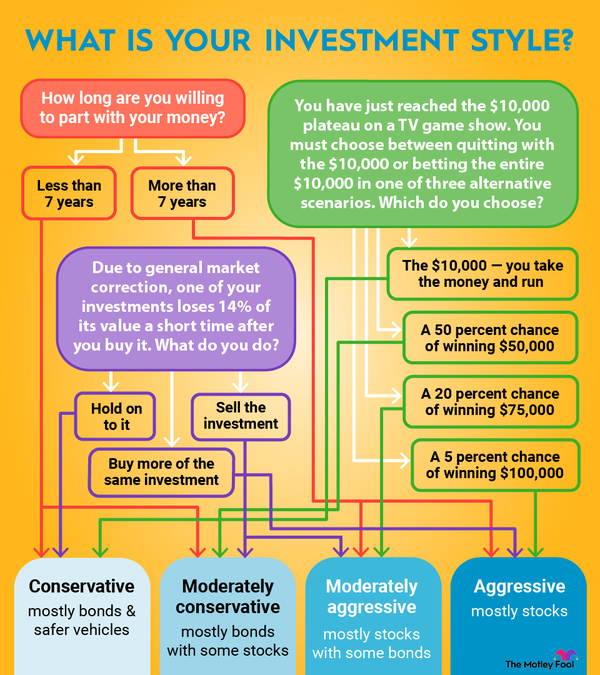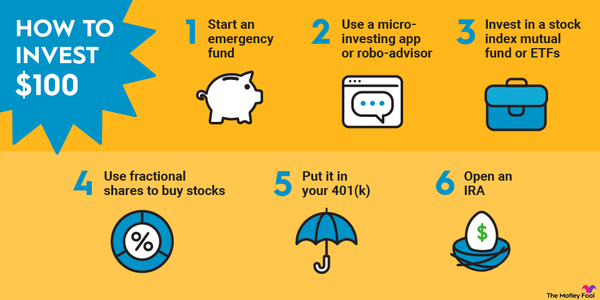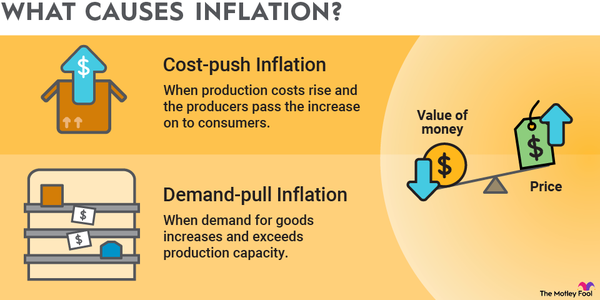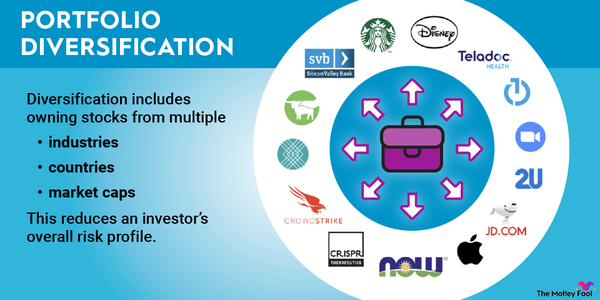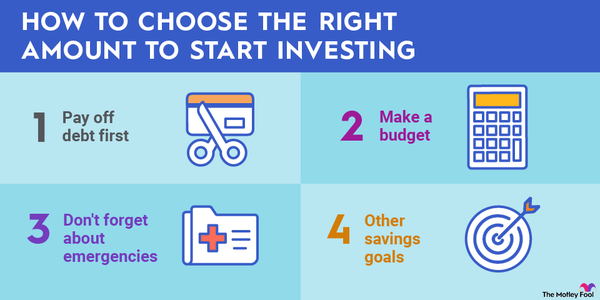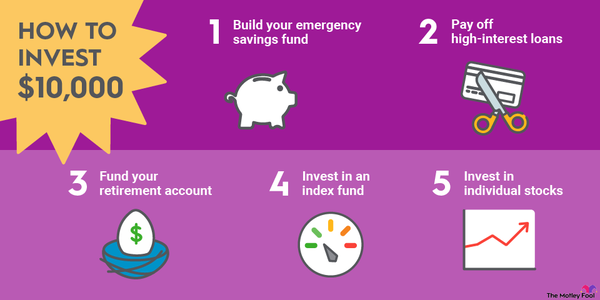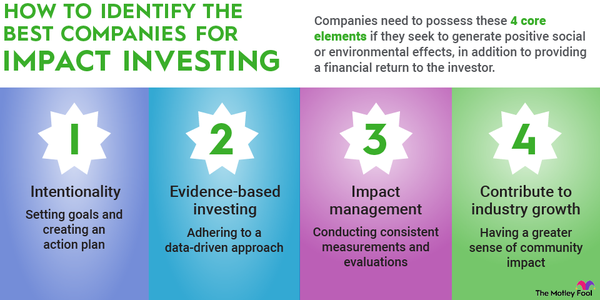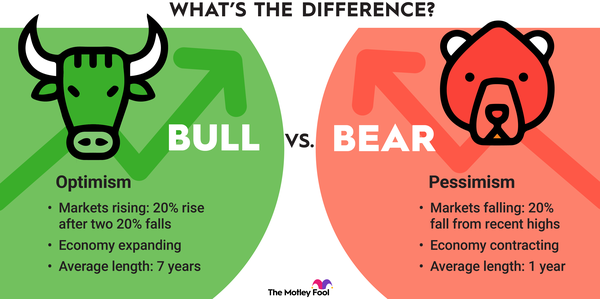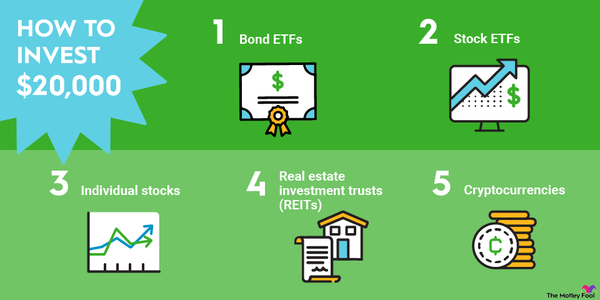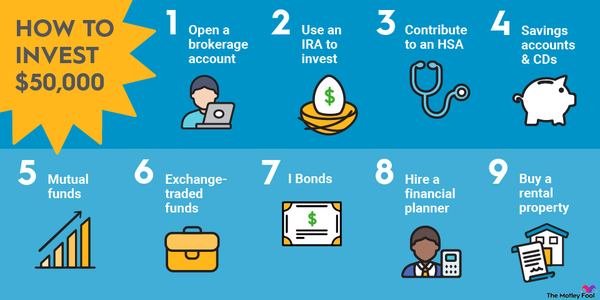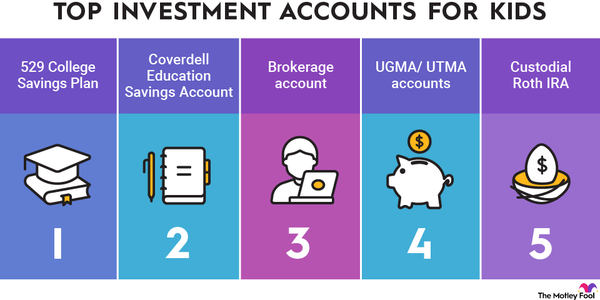In this day and age, there are ample investment options. It's wonderful to have so many choices, but deciding on a direction might be overwhelming.
Here are seven investment options to help you get started:
1. Start a savings account
1. Start (or add to) a savings account
Even with the Federal Reserve now lowering interest rates, the best savings account interest rates are still higher than they have been in decades. Simply put, a savings or money market account is probably a good starting point for many people.
There's one simple reason why putting money into basic savings is a great investment: Rainy days are inevitable. While predicting life's twists and turns -- and when they'll occur -- is impossible, being prepared with some cash on the sidelines will always help to cushion the blow. If it keeps you from borrowing money at high interest, like via a credit card, then the small return from the savings account was well worth it. Strive to have at least three to six months' worth of cash stashed, maybe even more if you're a homeowner or have dependents.
Keeping some cash in CDs (certificates of deposit) or in Series I savings bonds can also bolster a rainy-day savings stockpile. The interest rates can often be a bit higher than a basic savings account, although the tradeoff is that they aren't as easy to access if you need the money in a pinch.
2. Invest in a 401(k)
2. Invest in a 401(k)
Who doesn't want a pay raise? While many are dissatisfied with their compensation, you may be overlooking an extra pay perk that your employer offers: a matching 401(k) or similar company-sponsored retirement plan account contribution.
The mechanics are simple. If your company offers a match, the business will deposit the same amount as your contribution, usually up to a certain percentage of your gross salary. For example, if a company offers a 3% match, it will contribute $3 for every $100 you earn.
There's usually a caveat: Most companies will only match your contributions up to that limit. In other words, if you put 3% of your pay into your 401(k) or similar retirement account, they'll match it. Only put in 2%? That's usually all your employer will contribute.
If your employer offers a match, it's a quick and easy way to get free money -- not to mention a great way to save some dough since your contribution usually enters your account before taxes.
But don't stop at the matching contribution. Contribution limits for 2024 allow for $23,000 in total employee contributions (and an additional $7,500 if you're older than 50). If you have $1,000 to invest, check with your HR department or benefits specialist about how to set that money aside for retirement.
3. Invest in an IRA
3. Invest in an IRA
If you don't have access to a work-sponsored retirement plan or your plan won't allow you to add extra money, you aren't out of luck. That's where individual retirement accounts (IRAs) come in.
There is no company match with an IRA, but if you have earned income (through a job or self-employment), this option is worth considering. There are two basic types of IRAs: Traditional and Roth.
A personal contribution to a traditional IRA may be tax-deductible, and earnings are tax-deferred until they're withdrawn. A Roth IRA is an after-tax contribution, so it gets no deduction (although a tax credit is available for traditional and Roth IRA contributions). However, Roth contributions can be withdrawn penalty-free, earnings are tax-free, and you -- or even your heirs -- will never pay taxes on any withdrawals taken after you turn 59 1/2, as long as the account was established at least five years earlier.
If you have $1,000, starting an IRA at an online brokerage is a great way to start working toward long-term wealth generation. For 2024, investors can contribute as much as $7,000 into a traditional IRA -- and another $1,000 if they're older than 50. It's a little more complicated with a Roth, with the contributions limited based on your taxable income, but the general limits are the same.
4. Open a taxable brokerage account
4. Open a taxable brokerage account
If you've exhausted the first three options and still have $1,000 to invest, opening a taxable investment account (sometimes called a brokerage account) is another solid option. Think of this as a savings account since any realized earnings and interest will be taxable each year. However, the potential upside is higher than with a savings account.
Granted, all investing involves risk, and there's no guarantee you won't lose your $1,000 in this process. However, there are plenty of options available in brokerage accounts to help mitigate the turbulence that comes with investing. For example, there are numerous low-cost mutual funds to choose from, or other investment vehicles (more on that below).
Also, remember that depositing $1,000 should only be the start. Investing works best if you make regular deposits -- the more frequent, the better. Once you establish a brokerage account, consider setting up recurring deposits (perhaps monthly or quarterly) to continue building toward your financial goals.
If you can take that first grand and add even smaller amounts of money to it on a recurring basis, you're taking a big step toward building life-changing wealth.
5. Invest in ETFs
5. Invest in ETFs
After you open an IRA or brokerage account, it's time to start choosing where to invest. If you're just getting started, an exchange-traded fund (ETF) is an excellent place to begin and could be a great alternative to more traditional mutual funds.
There are thousands of ETFs to choose from, and many of them track a benchmark such as a stock market index (for example, the S&P 500 or Nasdaq Composite). Others track broad sectors of the economy, such as technology or healthcare. Some get even more specific and invest in themes such as cloud computing or renewable energy.
ETFs are easy to purchase, on average have lower fees than many other investment options such as actively managed mutual funds, and can accept even small deposits. If you have $1,000, learn how to invest in ETFs to begin your investing journey.
6. Use a robo-advisor
6. Use a robo-advisor
Not interested in searching for and managing an investment portfolio? Consider using a robo-advisor. A robo-advisor is an online service that automates certain parts of a financial plan and investment portfolio management.
There are plenty of robo-advisors to choose from. Most of them have little to no initial deposit minimum ($1,000 is more than enough to get started). After you answer some questions, the robo-advisor will choose a basket of funds or ETFs tailored to your long-term goals.
Management fees can be quite affordable, too. A typical robo-advisor charges less than 0.3% per year (or about $3 per year for every $1,000 invested). The service will help you set up a plan for making recurring deposits and investments to help you reach your financial destination.
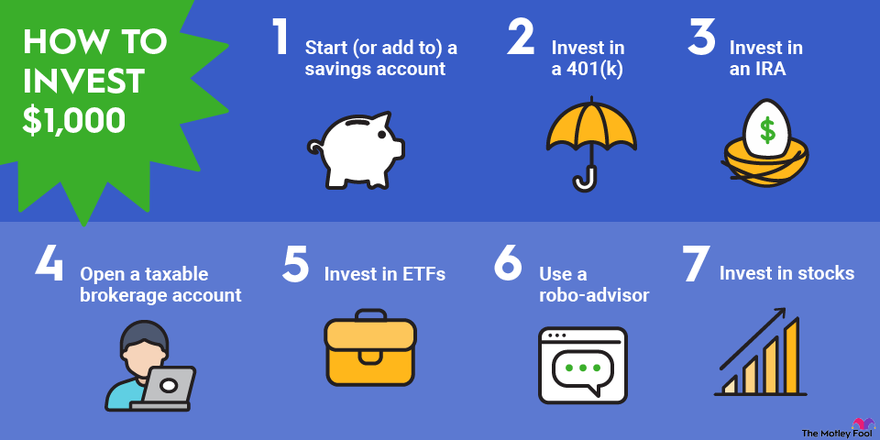
7. Invest in stocks
7. Invest in stocks
If you want more control over your investments and which businesses you own, consider purchasing individual stocks. Even with $1,000, it's possible to build a well-rounded portfolio of starter stocks. Many brokerages even allow investors to purchase fractional shares of many companies, so diversifying your account is possible even if you're starting with $1,000 or even less.
Additionally, gains in individual stocks aren't taxed at the federal level until you sell them and realize the gain. It gets even better: The longer you own a stock, the lower your taxes on realized gains can be. Once you've held a stock for at least a year, if you sell for a profit, those gains become long-term capital gains, with a tax rate of about 15% for most Americans; and if your taxable income is below a certain threshold, you may not have to pay any taxes on those realized gains!
Lastly, remember that one of the benefits of a retirement account is tax savings. So long as you invest in stocks and keep your proceeds inside of the account, realized gains in a 401(k), Roth, or traditional IRA are completely untaxed.
Remember: Stocks represent an ownership stake in a business. Few people would start a new venture with the intent of staying in business for just a short time. Owning stocks works best in much the same way. Owning a piece of a quality business becomes increasingly powerful the longer you stick with it. So, if you go this route, it's important to do some homework and make a purchase with the intent of holding the stock for years -- if not indefinitely. This strategy -- along with living a long life -- has helped make Warren Buffett one of the wealthiest people on the planet.
Related investing topics
Don't underestimate the power of $1,000
It may not seem like a lot, but don't underestimate the power of $1,000. Even a small starting investment can help lay the foundation for a long and profitable journey toward financial flexibility. Put that money to work and add to it as often as possible with your long-term goals in mind.
The Motley Fool has a disclosure policy.









